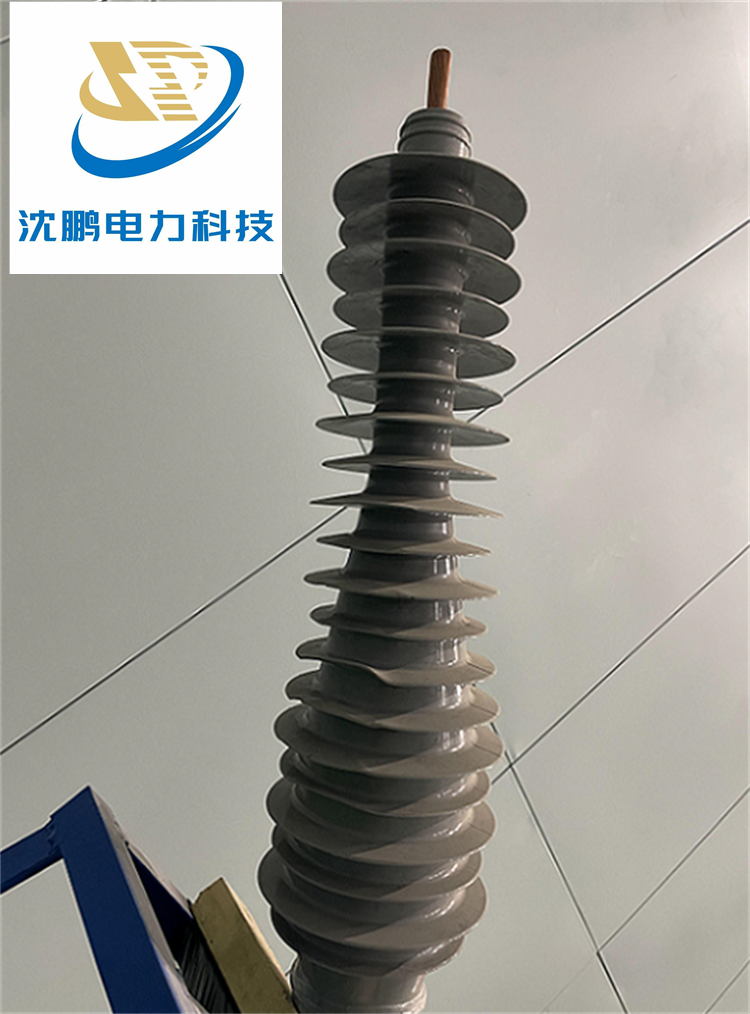
Integral Prefabricated Cable Accessories: Why They Are the Dominant Choice for the Modern Grid
2025-09-29 16:22For decades, electrical construction was a highly skilled, on-site craft. Workers would assemble connections, splice cables, and build enclosures piece by piece in the field. While effective, this method was time-consuming, weather-dependent, and prone to human error. Today, prefabricated components—also known as "prefabs"—have emerged as the superior solution, becoming the mainstream choice for utilities and contractors worldwide.

1. What Are Prefabricated Cable Accessories?
Prefabricated electrical components are factory-built, ready-to-install units. Instead of assembling individual parts on a pole or in a trench, workers install a complete, pre-tested module. Common examples include:
Prefabricated Cable Joints: Ready-to-use kits for connecting two or more power cables.
Modular Switchgear Enclosures: Pre-wired and assembled switchgear that simply needs to be placed on a foundation and connected.
Pre-assembled Transformer Units: Transformers with all necessary bushings, arresters, and connectors already installed.
Plug-and-Play Streetlight Bases: Foundations with conduits and connection points built-in.
2. The Driving Forces: Why Prefab is Now Mainstream
Several key advantages have propelled prefabricated components to the forefront of modern grid development.
A. Unmatched Speed and Efficiency
Time is money, especially in large-scale infrastructure projects. Prefabrication slashes installation time dramatically. Since components arrive on-site as finished modules, the complex and delicate work of assembly is moved from the unpredictable field environment to a controlled factory floor. This allows for parallel work streams: site preparation can happen simultaneously with component manufacturing, accelerating project timelines by up to 50-70%.
B. Superior and Consistent Quality
In a factory, quality control is king. Components are assembled under strict conditions with specialized machinery and rigorous testing protocols. This eliminates the variability of on-site work, where factors like dust, moisture, and human fatigue can compromise quality. The result is a more reliable and durable product with a significantly lower failure rate.
C. Enhanced Safety
Electrical work is inherently dangerous. Prefabrication reduces on-site risks in two major ways:
Less Live Work: Factory assembly means many high-risk connections are made in a de-energized environment.
Reduced On-Site Labor: With less complex assembly required, workers spend less time in hazardous conditions, such as at the top of a utility pole or in an energized substation.
D. Cost-Effectiveness
While the initial unit cost of a prefab component might be higher, the total project cost is often lower. Savings come from:
Reduced Labor Hours: Fewer skilled workers are needed on-site for a shorter duration.
Minimized Downtime: For grid maintenance and upgrades, faster installation means shorter power outages, which is critical for both consumers and businesses.
Fewer Errors and Rework: Factory precision drastically reduces the costly mistakes that can occur during field assembly.
E. Simplified Skilled Labor Shortage
The electrical industry is facing a growing shortage of highly skilled tradespeople. Prefabrication helps mitigate this by simplifying the on-site installation process. It shifts the requirement for peak skill to the factory, allowing less specialized on-site crews to perform installations reliably and safely.
F. Seamless Integration with a Modernizing Grid
The future grid is smart, resilient, and renewable. Prefabricated components are perfectly suited for this new paradigm.
Modularity: Prefab systems are inherently modular, making it easier to expand, upgrade, or reconfigure the grid.
Renewable Integration: Installing solar farms or wind turbine connections requires numerous, repetitive connections—a perfect application for standardized, prefabricated kits.
Resilience: After natural disasters, pre-assembled units can be rapidly deployed to restore power much faster than traditional methods.
3. Conclusion: The Future is Prefab
The shift to prefabricated electrical components is not just a trend; it's a fundamental modernization of grid construction philosophy. By moving complex assembly from the field to the factory, we achieve a grid that is built faster, safer, smarter, and more reliably.
As our demand for electricity grows and the grid evolves to incorporate more renewables and smart technologies, the efficiency and robustness of prefabrication will make it not just the mainstream choice, but the indispensable foundation of a 21st-century power system.
